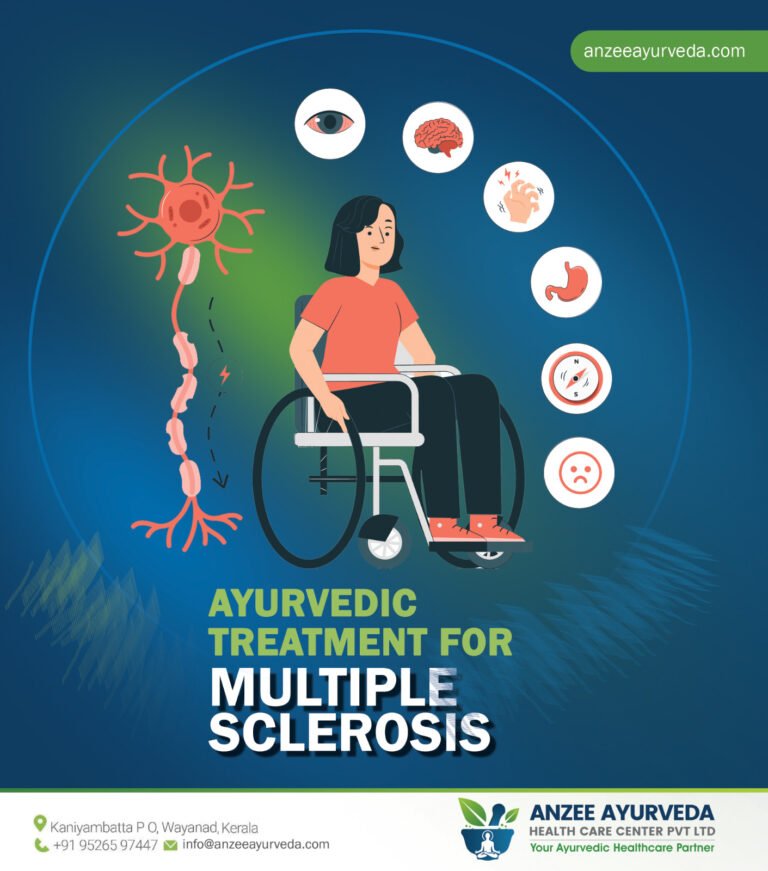Leg length discrepancy (LLD) is a condition where one leg is longer than the other. This condition can cause a variety of problems, including back pain, hip pain, knee pain, and foot pain. It is estimated that about 60% of the population has some degree of leg length discrepancy, although in most cases the difference is less than one centimeter and does not cause any symptoms. In this blog post, we will discuss the causes, symptoms, diagnosis, and treatment of leg length discrepancy.
Causes of Leg Length Discrepancy:
There are many possible causes of leg length discrepancy. Some people are born with a leg length discrepancy, while others develop it later in life due to an injury or illness. Some of the most common causes of leg length discrepancy include: Developmental problems: Congenital conditions such as hip dysplasia or clubfoot can result in leg length discrepancies. Growth disorders: Conditions such as Osgood-Schlatter disease, Blount disease, or achondroplasia can cause one leg to grow faster than the other. Trauma: Injuries such as a broken leg or hip can cause a difference in leg length. Surgery: Surgeries such as hip replacement or knee replacement can sometimes result in a leg length discrepancy.
Symptoms of Leg Length Discrepancy:
The symptoms of leg length discrepancy can vary depending on the severity of the condition. Some people may not experience any symptoms at all, while others may have: Back pain: Uneven leg lengths can cause the spine to curve, leading to back pain. Hip pain: Uneven pressure on the hips can lead to hip pain. Knee pain: Uneven leg lengths can cause uneven wear and tear on the knees, leading to pain. Foot pain: Uneven leg lengths can cause uneven pressure on the feet, leading to foot pain.
Diagnosis of Leg Length Discrepancy:
The diagnosis of leg length discrepancy typically involves a physical examination, including measuring the length of each leg. In some cases, imaging studies such as X-rays or MRI may be used to assess the extent of the discrepancy.
Treatment of Leg Length Discrepancy:
The treatment of leg length discrepancy depends on the severity of the condition and the underlying cause. Some possible treatments include: Shoe lifts: In cases where the discrepancy is less than one centimeter, a shoe lift can be worn in the shoe of the shorter leg to compensate. Surgery: In cases where the discrepancy is more than two centimeters, surgery may be necessary to correct the problem. This may involve lengthening the shorter leg or shortening the longer leg. Physical therapy: Physical therapy can help improve posture and reduce pain associated with leg length discrepancy. Orthotics: Orthotic devices such as braces or inserts can help correct gait abnormalities and improve alignment.
Conclusion:
Blog on Leg length discrepancy
Leg length discrepancy is a common condition that can cause a variety of problems, including back pain, hip pain, knee pain, and foot pain. While most cases are mild and do not require treatment, more severe cases may require surgery or other interventions. If you are experiencing any symptoms associated with leg length discrepancy, it is important to see a healthcare provider for an evaluation and diagnosis.



